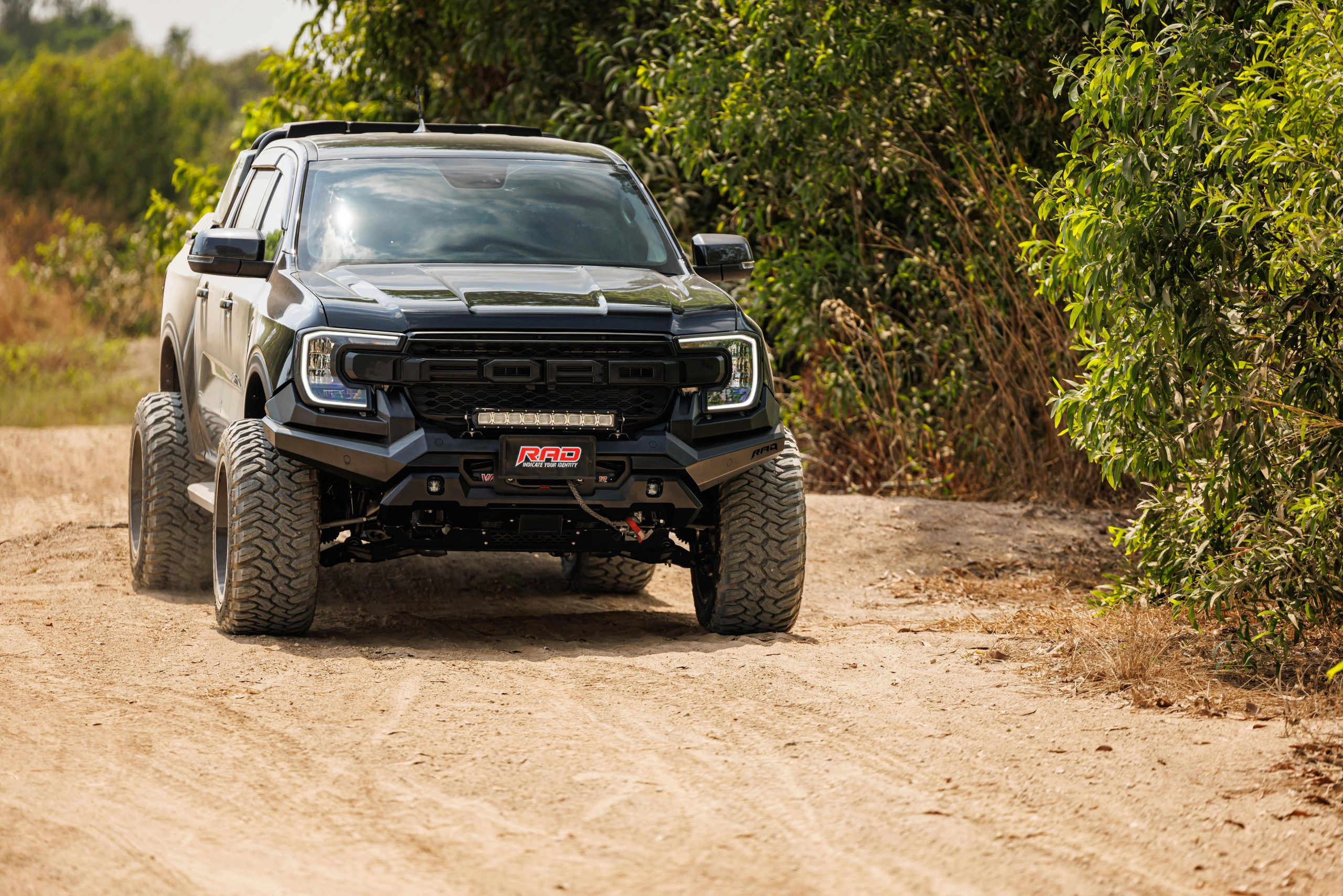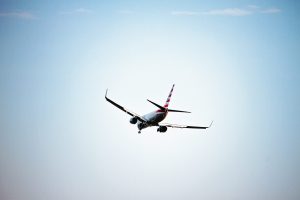Intelligent Transportation Networks in Challenging Terrains
In today’s world, transportation is considered an essential element for economic growth and development. The constant increase in population and industrial growth has led to challenges in transportation systems, especially in challenging terrains. However, with the advancements in technology, the concept of Intelligent Transportation Networks (ITN) has emerged, bringing about innovative solutions to overcome these challenges. In this article, we will delve into the world of ITN and its impact on challenging terrains.
What are Intelligent Transportation Networks?
Intelligent Transportation Networks, also known as Intelligent Transport System (ITS), refers to the integration of advanced technologies in transportation systems to provide efficient and effective mobility solutions. These technologies include real-time data collection, communication systems, sensors, and artificial intelligence (AI). ITN aims to improve the safety, reliability, and sustainability of transportation networks by optimizing traffic flow and reducing congestion.
The Impact of ITN in Challenging Terrains
Mountainous Terrains
One of the most challenging terrains for transportation is mountainous regions. The narrow winding roads, steep inclines, and unpredictable weather conditions make it difficult for traditional transportation systems to operate efficiently. However, with ITN, these challenges can be overcome.
ITN utilizes a combination of technologies such as sensors and cameras installed along the roads to collect real-time data on weather conditions, traffic flow, and road conditions. This data is then processed using AI algorithms to generate accurate forecasts and identify potential hazards. The information is relayed to drivers through smart navigation systems, allowing them to make informed decisions and avoid accidents.
Desert Terrains
Another challenging terrain for transportation is the desert. The harsh and unforgiving terrain combined with extreme temperatures makes it difficult for traditional transportation systems to operate. However, ITN has revolutionized transportation in deserts by introducing autonomous vehicles.
Autonomous vehicles, equipped with advanced sensors and AI technology, can navigate through desert terrains with minimal human intervention. These vehicles can collect data and adapt to changing road conditions, making them safer and more efficient than traditional vehicles. Furthermore, the use of electric autonomous vehicles reduces carbon emissions, making transportation in deserts more environmentally friendly.
Coastal Terrains
Coastal regions pose unique challenges in transportation due to their proximity to water bodies. Harsh weather conditions and unpredictable tides can make it dangerous for traditional transportation systems to operate. However, with ITN, coastal terrains have become more accessible and safer.
ITN utilizes real-time data, collected from sensors placed in strategic locations, to monitor weather conditions and tide levels. This information is then used to determine the safest routes for vehicles, preventing accidents and minimizing delays. Additionally, the use of intelligent traffic management systems helps regulate traffic flow, reducing congestion and improving overall efficiency.
The Future of ITN in Challenging Terrains
The use of ITN has proven to be highly beneficial in addressing challenges in transportation systems. As technology continues to advance, so does the potential of ITN in tackling even the most challenging terrains. The future of ITN in challenging terrains looks promising, with concepts such as hyperloop transportation, flying taxis, and smart drones being developed.
In conclusion, the concept of Intelligent Transportation Networks has revolutionized transportation in challenging terrains. It has brought about innovative solutions to overcome obstacles and make transportation systems more efficient, safe, and sustainable. As we continue to advance technologically, ITN will play a crucial role in shaping the future of transportation in challenging terrains.











